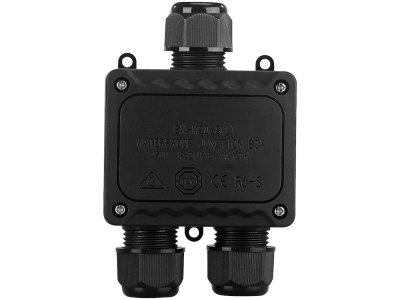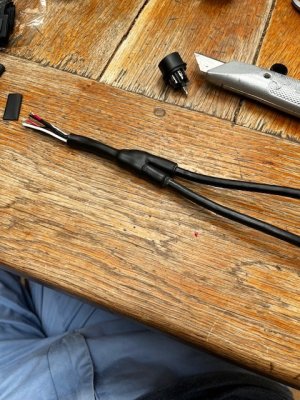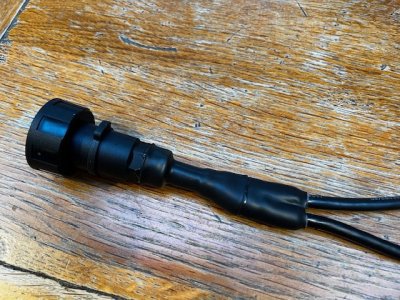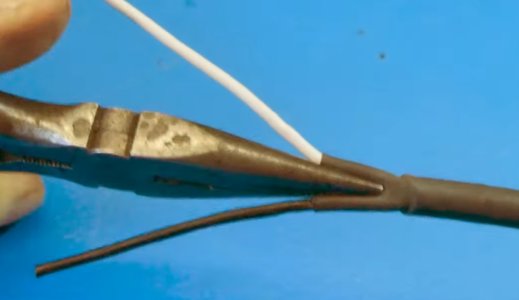mullet
Active member
I need to make a 2 into 1 “Y” cable joint and I’m unsure how to waterproof it for outdoor use (on the cabin coach roof). Space is an issue so it can’t be something bulky (rules out gel-filled connector boxes). Would soldering then a heat-shrink boot be sufficient?
The use case is to combine an NMEA2k cable and a chartpotter power cable (2 cores) into a single cable that can be wired into a Bulgin connector. There will be 3 connectors on the cable: 5-core NMEA2k to chartplotter; 2-core power to chartplotter; 7-core to Bulgin connector. Space where I can make a through deck connection is limited so I can’t just have 2 Bulgin sockets.
The use case is to combine an NMEA2k cable and a chartpotter power cable (2 cores) into a single cable that can be wired into a Bulgin connector. There will be 3 connectors on the cable: 5-core NMEA2k to chartplotter; 2-core power to chartplotter; 7-core to Bulgin connector. Space where I can make a through deck connection is limited so I can’t just have 2 Bulgin sockets.




